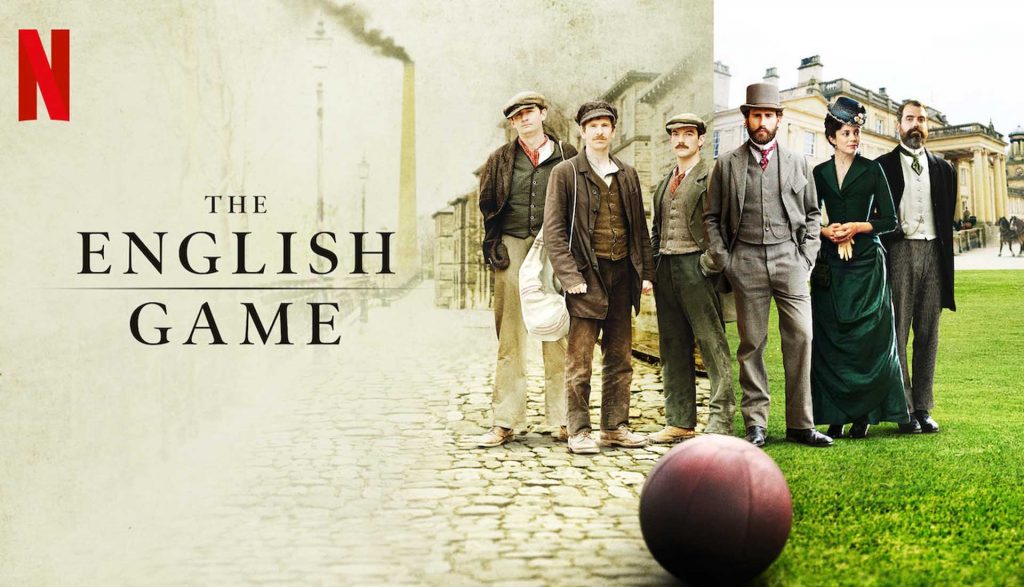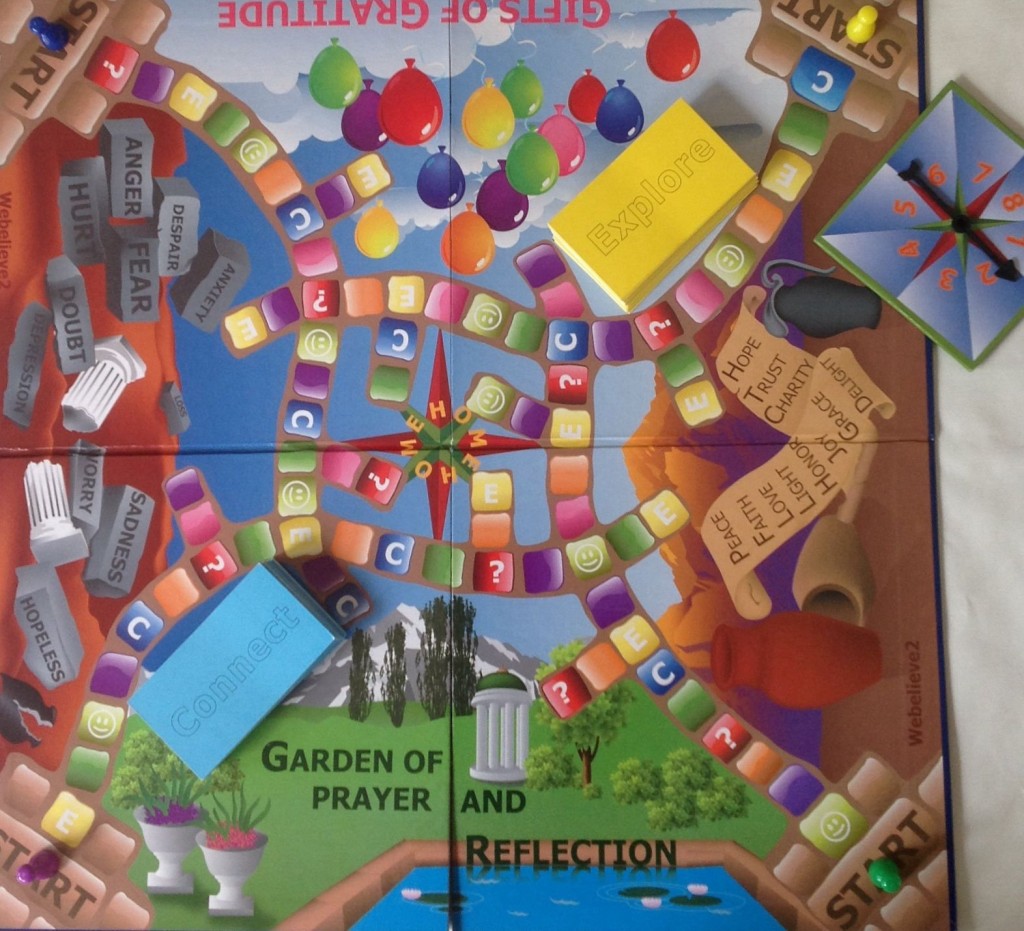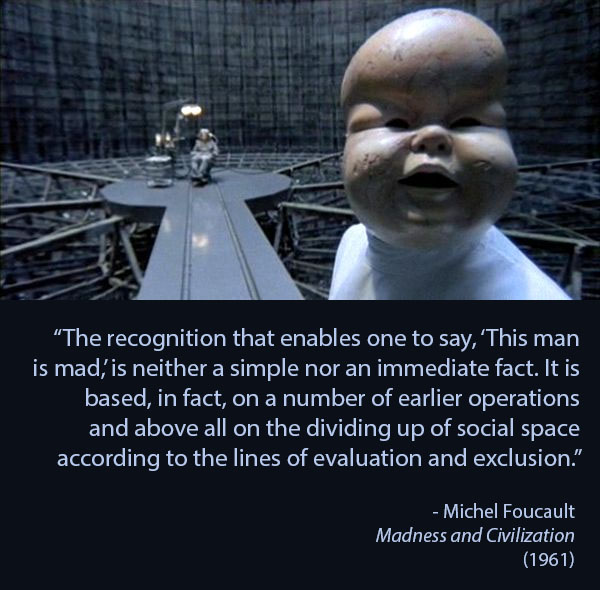
Being a fan of both soccer and Downton Abbey, I decided to check out one of Julian Fellowes’s recent productions, The English Game. The Netflix miniseries, which aired in March 2020, is about the birth of football (or what we here in the US call soccer). The feel-good, wholesome show is set in 1879 and tells the story (with some embellishments, of course) of how a working-class team challenged and disrupted a gentlemen’s game. Take a look at the trailer…
The show opens with the historic 1879 Football Association (FA) Cup quarter-finals between the Old Etonians and Darwen FC. The Old Etonians are an amateur team of gentlemen, captained by Arthur Kinnaird (Edward Holcroft), the 11th Lord of Kinnaird. Darwen FC, on the other hand, are a working-class mill team in Lancashire who have just (illegally) hired Fergus Suter (Kevin Guthrie) and Jimmy Love (James Harkness), two players from Partick, a football club in Scotland. Continue reading “Making Football English, Part I”


 Donald Trump’s
Donald Trump’s  Classification is a political act. Like the creators of “Coexist” images, the author/editor of any discussion of World Religions has the power to choose what groups are discussed and who is left out. In a
Classification is a political act. Like the creators of “Coexist” images, the author/editor of any discussion of World Religions has the power to choose what groups are discussed and who is left out. In a  Interreligious dialogue and notions of tolerance, while suggesting inclusivity, often employ exclusions that identify insiders and outsiders, although these insiders and outsiders are different than the boundaries commonly employed in communities. An interesting example of this paradox is
Interreligious dialogue and notions of tolerance, while suggesting inclusivity, often employ exclusions that identify insiders and outsiders, although these insiders and outsiders are different than the boundaries commonly employed in communities. An interesting example of this paradox is  Have you followed the controversy at Bandeis University over its invitation of
Have you followed the controversy at Bandeis University over its invitation of  Read
Read